Track inspection
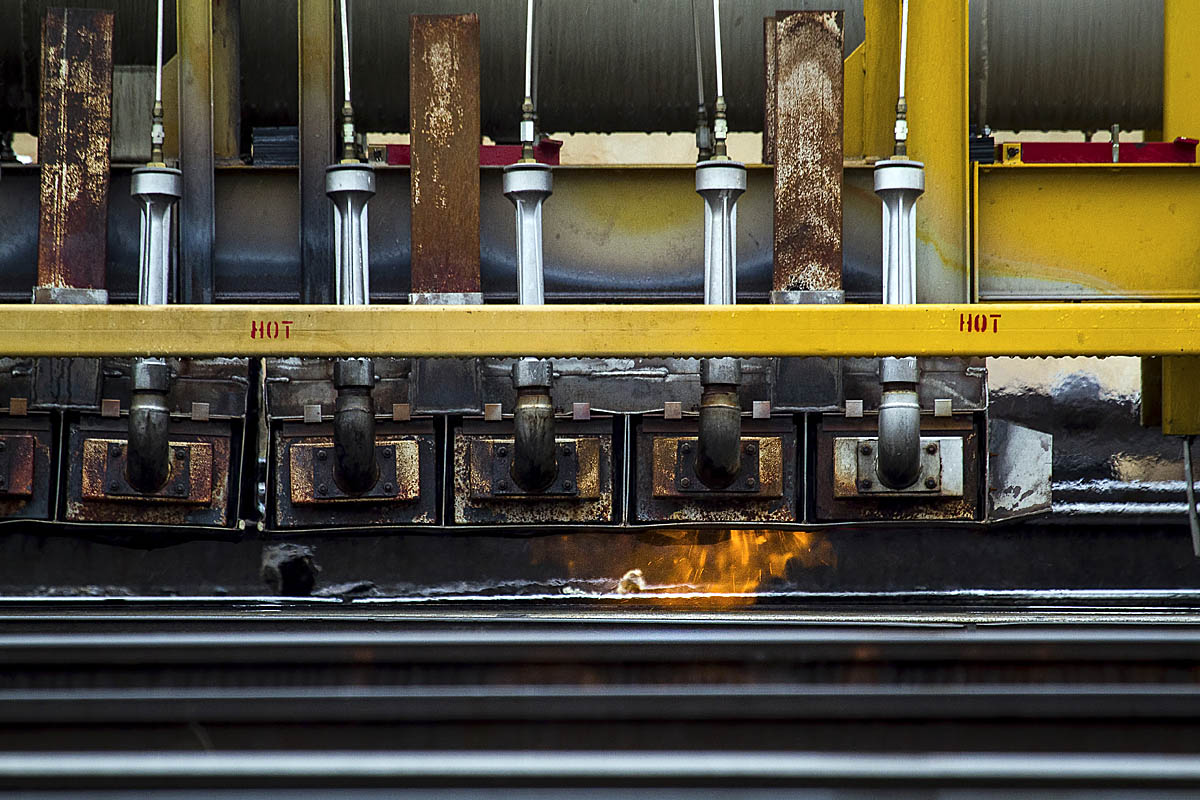
No. 1: Know thy thermal forces!
For John Zuspan, principal at Track Guy Consultants, the most important takeaway for any student in his introductory track inspection course is that rail forces increase with temperature changes. So, knowing that the rail can move (compress or tense), even in moderate temperatures, means knowing that track forces can build up for miles and release at a single point, causing a track buckle.
“There are as many as 1,000 track buckles a year. Every single one has a potential of derailing a train,” says Zuspan, who is a recognized authority in track maintenance.
Key elements to remember are the rail neutral temperature at which compression and tension are equal in the rail, leaving what Zuspan calls “happy” rail; monitoring the rail’s temperature and condition with thermometers and strain gauges; and making certain that track crews keep track in top condition. Loose tie plates and inadequate ballast can’t grip a tie, encouraging buckling.
No. 2: Maintain above the minimum
Federal Railroad Administration track classes range from “excepted” or 10-mph freight-only track to Class 9, or 200-mph track. In order for a railroad to legally operate at a given track-class speed, the track must meet FRA-prescribed minimums for the number of effective ties in 39 feet, allowable deviance from track gauge (561/2 inches), spacing between rail joints, degree of cant (modern railroads lay rails to lean slightly inward for better safety and ride qualities), drainage ability of ballast, and so on.
Zuspan says that every now and then, a railroad will maintain track to the FRA minimums instead of creating and following a maintenance plan. The danger is that inattention to maintenance will likely mean increasingly more serious problems are missed, leading to a greater chance of FRA fines and derailments. In a phrase, “do more than the minimum.
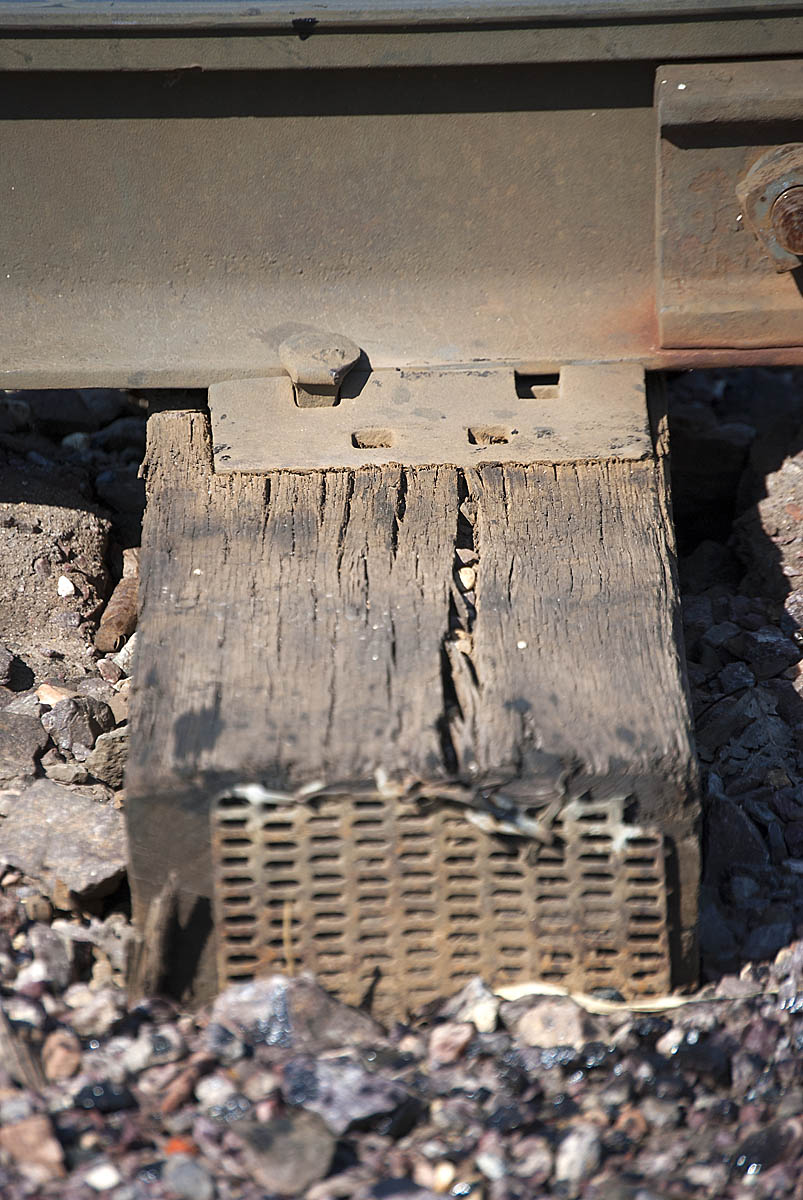
No. 3: Don’t skimp on ties
Crossties are the one element that holds the spacing, or gauge, between rails and distributes a train’s weight to the roadbed, while being expected to perform in all weather conditions and temperatures.
Zuspan recommends hardwood ties, especially oak, for most freight applications that meet guidelines from the Railway Tie Association: 8-foot, 9-foot, or 8-foot, 6-inch-long crossties, with a rectangular profile that are a minimum of 7 inches wide, when 6 inches tall, or 8 to 9 inches wide when 7 inches tall. With proper drainage in the ballast underneath, these ties can last 20 to 30 years and maybe longer with modern borate treatments that prevent rot from the inside out.
“The extra life you get on spending a few extra bucks is worth it,” Zuspan says. Although “good” ties can cost $100 each to buy and install, they can last twice as long as softwood ties. Zuspan limits what he says on concrete, composite, steel, and plastic ties to the following: “They have their uses.”
No. 4: Maintain the right-of-way as though the railroad depends on it (it does)
Right-of-way maintenance involves most of the simple but necessary dirty jobs on a railroad: clearing ditches, cutting trees, killing grasses and wayside vegetation, adding ballast, and even moving snow.
The most important reason is drainage. Water that accumulates in poorly drained ballast or backs up from clogged ditches rots ties and wears on ballast more, and weakens the structure of the track up to the point of deforming the roadbed. This can shorten the life of track components by 30% to 40%. Tall grass or trees in the right-of-way interferes with train crews’ ability to see problems in the track ahead or at grade crossings and can prevent them from seeing signals.
Railroads also need to periodically refresh their ballast as required or by million-gross-ton basis as the stones underneath the track will wear by abrasion.
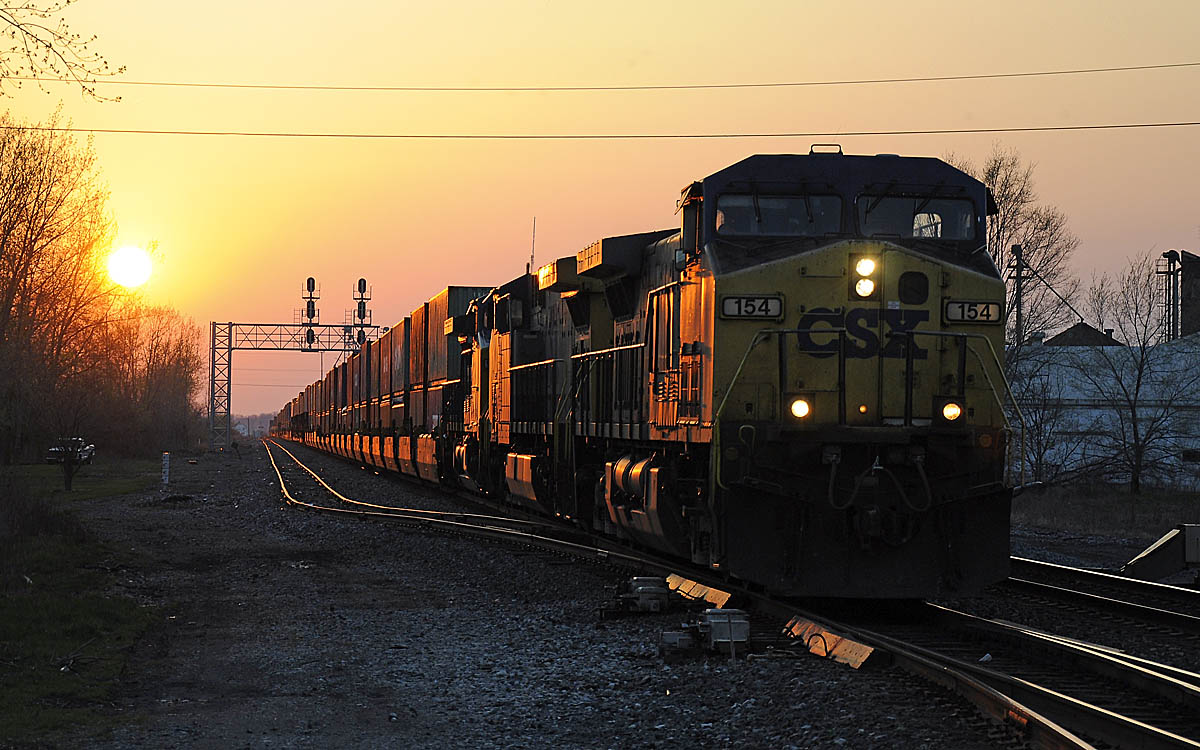
The University of Wisconsin-Madison’s engineering department offers continuing education courses for professional engineers and railroad workers around the country at different times throughout the year. Each course is tailored to a specific need the engineering department perceives in the railroad industry, including basic knowledge of track inspection and maintenance. “Maintaining and Inspecting Railroad Track” was given in Madison, Wis., in Sept. 2013 for nearly 100 students who work for government, Class I railroads, and railroad contractors. John Zuspan of Track Guy Consultants was the lead instructor for the course and its 14 topics.
This story originally appeared in the April 2014 issue of Trains Magazine.






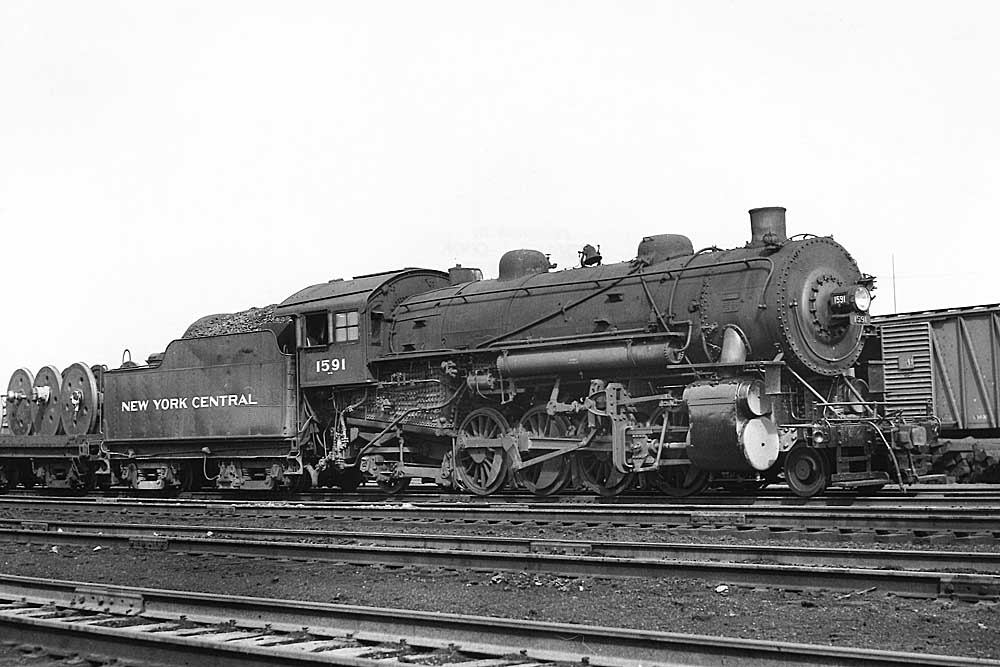
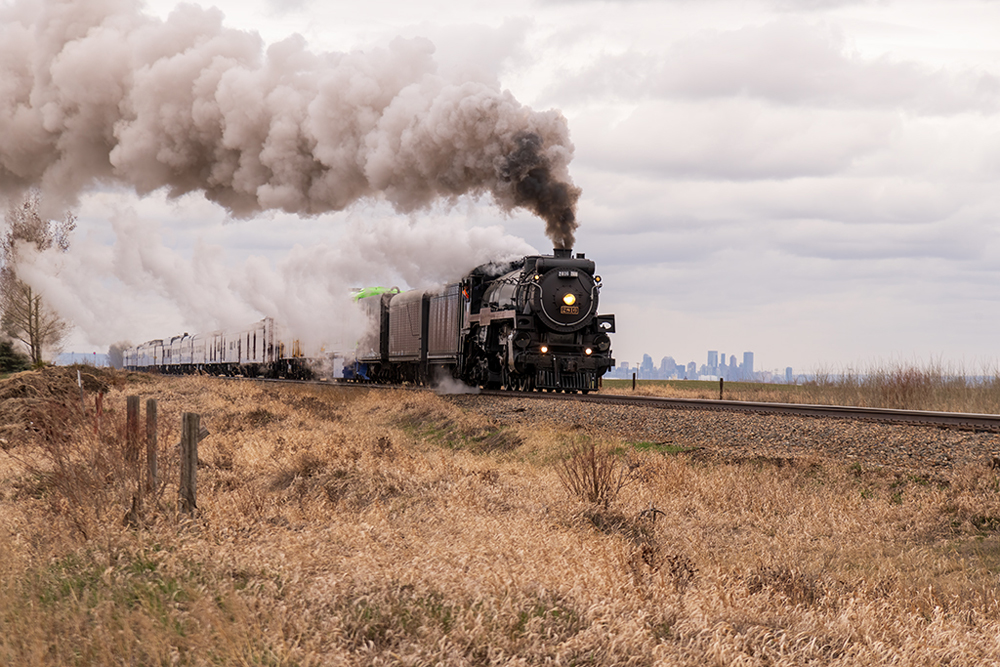
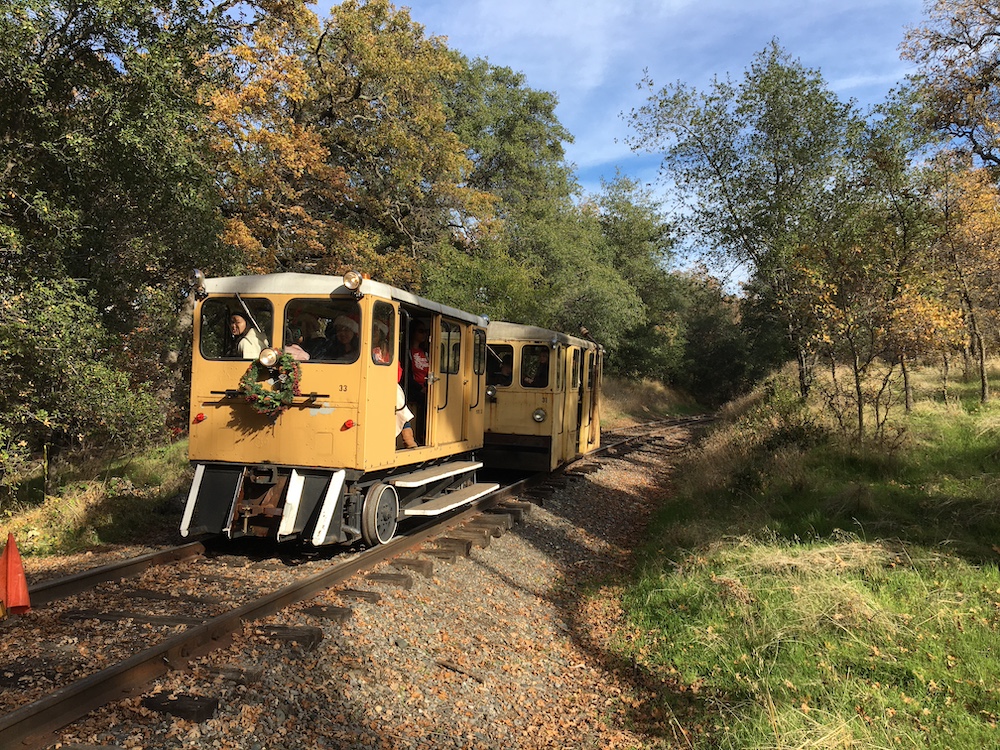
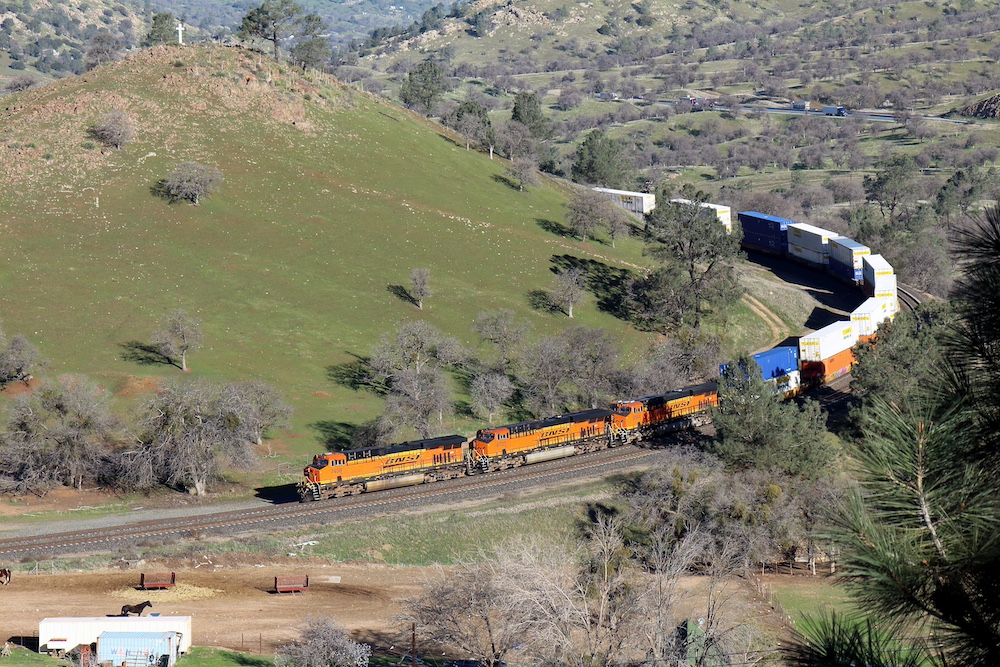




Thanks giving us some rudiments on this topic, especially the importance of drainage. But I’m curious what the “happy” temperature is for rails. If rails are at that temperature when they are welded, it’s hard to believe that this takes care of any buckling possibilities with later temperature extremes. Would you please tell us a bit more about how temperature variations affects welded rail.
Steve, thank you for a very interesting article. I’m a railfan who does pay attention to the tracks and roadbed etc. I remember a serious “DIP” in the BNSF mainline north of Athol, Idaho which seemed to take them forever to fix. Watching an engine hit that dip at 60 plus mph downhill really had me wondering how the train stayed on the rails. This area is now double tracked and uses concrete ties and welded rail. Smooth as glass now.
very interesting, an important part of railroading and one that a fan often does not think about.
European rail operators have been replacing wooden ties (‘sleepers’ as we call them in the UK) with concrete for many years, probably decades. Some high-speed lines are entirely concrete, with no ballast (which can be displaced by very high speed running).
http://www.railtechnologymagazine.com/Comment/ballast-or-slab
What are the three most important items in maintaining track?
Drainage, drainage, drainage.
this was very interesting to know just what workers need to watch for and correct.
Very informative. Gives the layman an understanding of looking at more than just a roadbed. Where would I go to learn more about thermal stress and FRA track classes ?
All the above is very true. Lack of maintainig drainage along the wright away is going to come back and cause problems for CSX